Firewire or IEEE 1394 and USB which means Universal Serial Bus, are the standards for creating communication between electronic devices. The name “Firewire” is more popular than “IEEE 1394” as this is the brand name of Apple. The Sony named it ‘i.LINK’ and the Texas instruments called it Lynx. USB, on the other hand, is a very popular interface with its various versions; USB 1.0, USB 2.0, USB 3.0, USB 3.1, USB 3.2 for connecting different devices for data transferring and completing other tasks. Many users ask about USB Vs FireWire, Which is better and beneficial to use? If you ask about USB Vs FireWire, There are lots of differences between the two and here we are to explain it in depth.
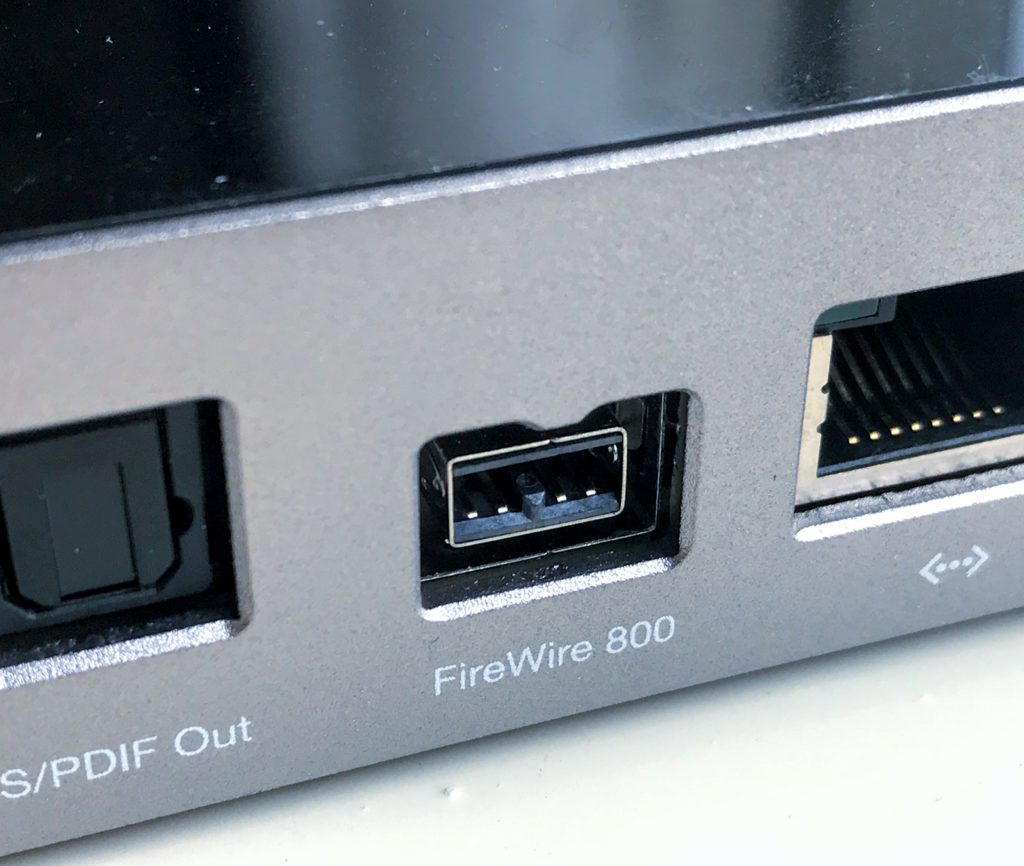
USB Vs FireWire: History
Firewire was very first invented in 1990 under various manufacturers (Apple, Sony, Panasonic, IEEE P 1394 Working group) but it was first used in 1995. On the other side, USB was very first introduced in 1996, designed by several manufacturers – Compaq, DEC, IBM, Intel, Microsoft, NEC, and Nortel. But if you were the 1990s or 2000s user, you most probably have used Firewire in those times because of its awesomeness and popularity at that time. But as the developing for Firewire was abandoned for a decade ago, it was literally overshadowed by more advanced versions of USB and Thunderbolt of course.
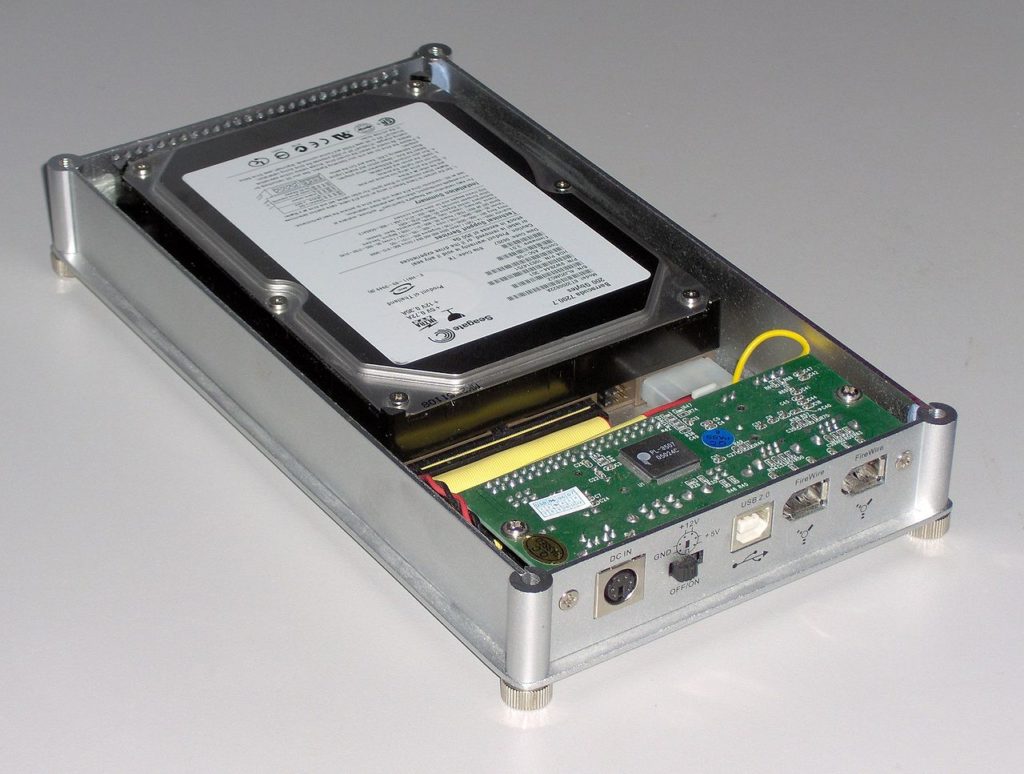
How Once FireWire was Unique Than USB?
If you want to compare them, without any doubt, that will definitely be a great comparison between them because of both of their uniqueness and the special features that make them so popular amongst the users.
An important and interesting point to know that when USB was launched initially in history, we could only connect it with the keyboard, mouse, and webcam. But in those times, external storage devices were actually connected with Firewire because there was a massive difference in speed between Firewire & USB. The data transferring speed of the first version of Firewire was 400 Mb/s and on the other side, the very first USB 1.1 provides the maximum speed of 12 Mb/s. That’s why we used to connect external storage devices with Firewire 400 though, no Windows OS that released before Windows 2000, supports USB to connect with external storage devices.
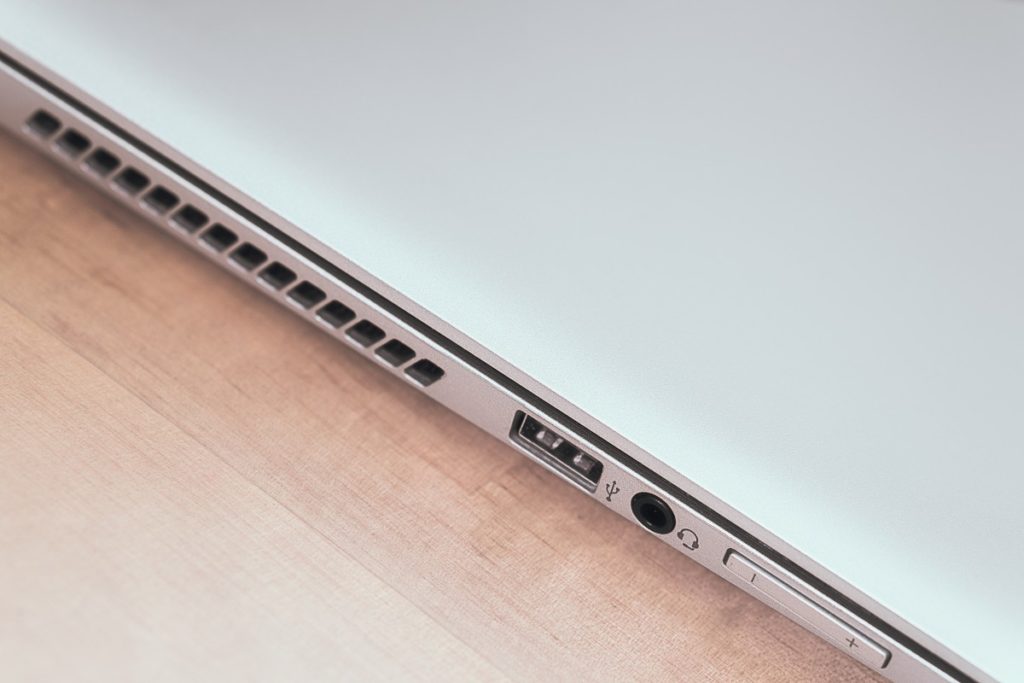
FireWire has Daisy-Chaining but USB Doesn’t
Another Matchless advantage that differs from Firewire from USB is the capability of daisy-chaining with a maximum of 64 different devices. Many users have not experienced this term so, for them, there is an example below to simplify what basically Daisy Chaining is. Suppose, you connect your computer with an external hard drive which has two Firewire ports. With one port, you have to connect the computer and with another port, connect with another external hard drive that has also an extra port and with that extra port, again connect with another hard drive. just like that, you can connect 64 different devices together. That is a daisy-chaining.

But with USB, Daisy Chaining is not possible because USB does not support daisy-chaining even now. Yes, you can connect different devices with one computer that has different USB ports but you definitely can’t connect the first device to the second and then the second device to the third like a chain. If someone needs to use daisy chaining at the present time, he/she has to use Thunderbolt to get this beneficial feature.

Another Utility of FireWire
Firewire also makes the two devices like digital cameras or laptops to communicate directly with each other without connecting with a central server because of its special feature which is called Peer-to-Peer device communication or Peer-to-Peer networking. It is a distributed application architecture whereas USB is based on the client-host architecture that means there must be a central server or computer to make the communication between two devices. So, Peer-to-peer communication is more beneficial and it is obviously not possible with USB.
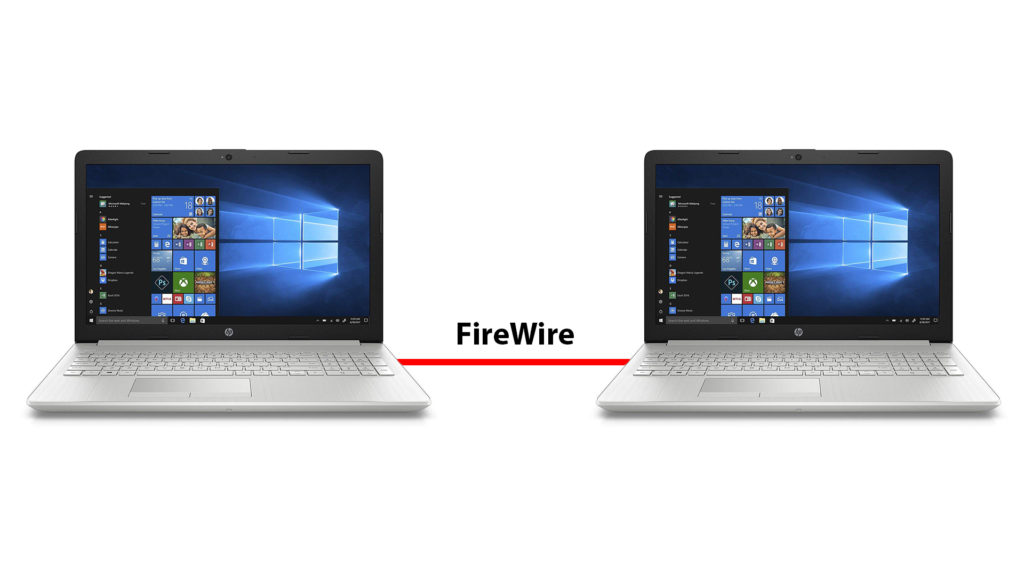
When Power is The Main Concern
Here, I should mention that sometimes Firewire is a little more costly than USB, especially the connecting cables. Maybe the reason is the power delivery. A firewire cable can deliver up to 60W whereas a USB cable who doesn’t support ‘USB PD’ can deliver maximum 5W through its power line.
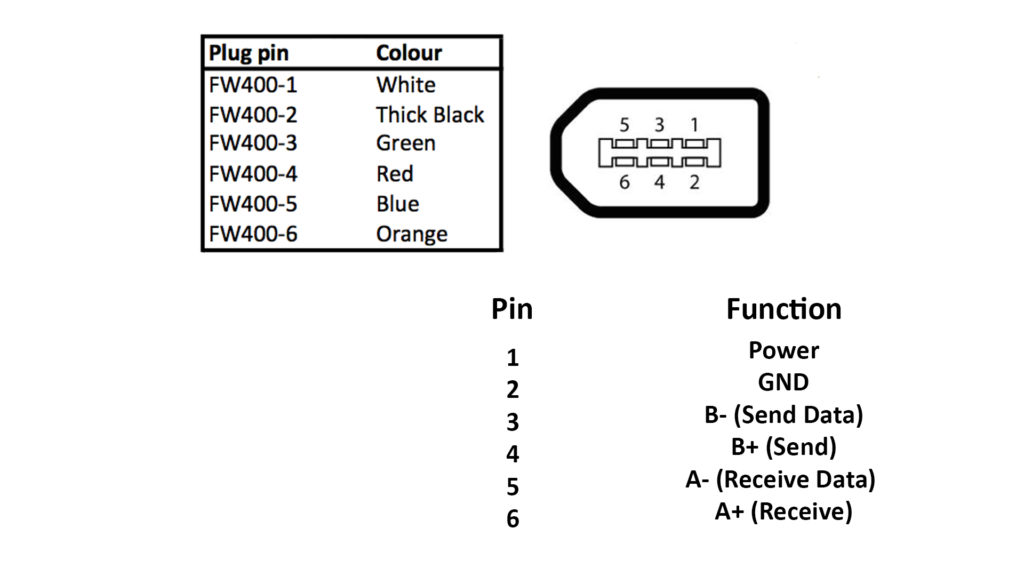
Which one is the best, USB or FireWire?
Looking at that comparison, you can notice how easily Firewire can beat USB with its unique abilities. But in today’s world, Firewire becomes so rare because of its developments have been stopped a decade ago so that almost no user thinks of using it whereas USB is still developing and its versions still come out with interestingly huge changes and upgrades. We can now use the recent version USB 3.2 and in the near future, we will see USB4 which might come with some great changes on its speed. Yes, Firewire possesses unique abilities that should beat USB but USB possesses popularity which, without any doubt, already beat Firewire. Still, Firewire is an awesome interface that every 1990s and 2000s users work with.

Can you imagine, how cool it would be if USB also has the capabilities of Peer-to-Peer communication and Daisy Chaining? Write down below in the comment section about how you think about this. Therefore, this is all about “USB Vs FireWire: What are the differences?”. I hope you all understand all the information regarding this topic. Thank you for appreciating my work.

